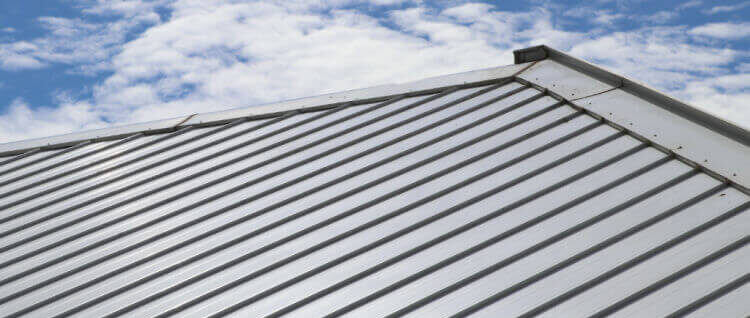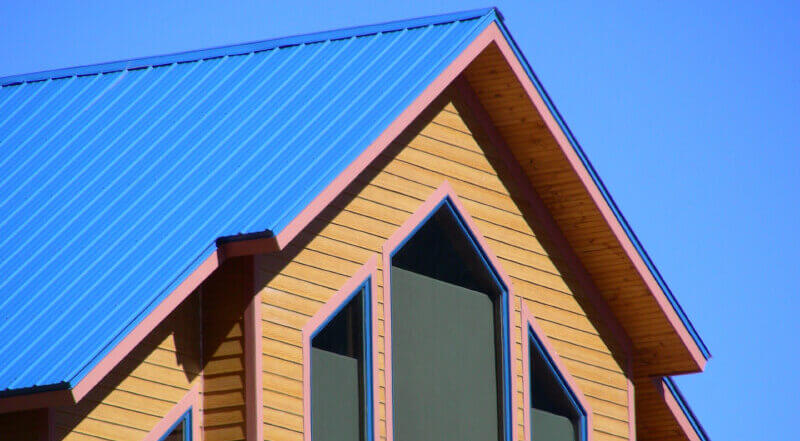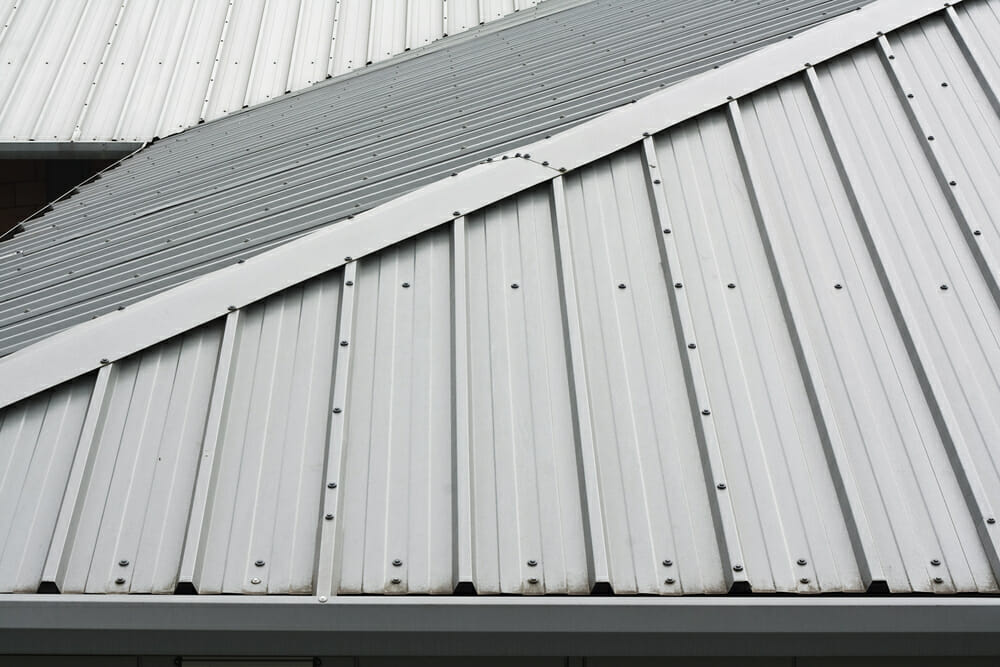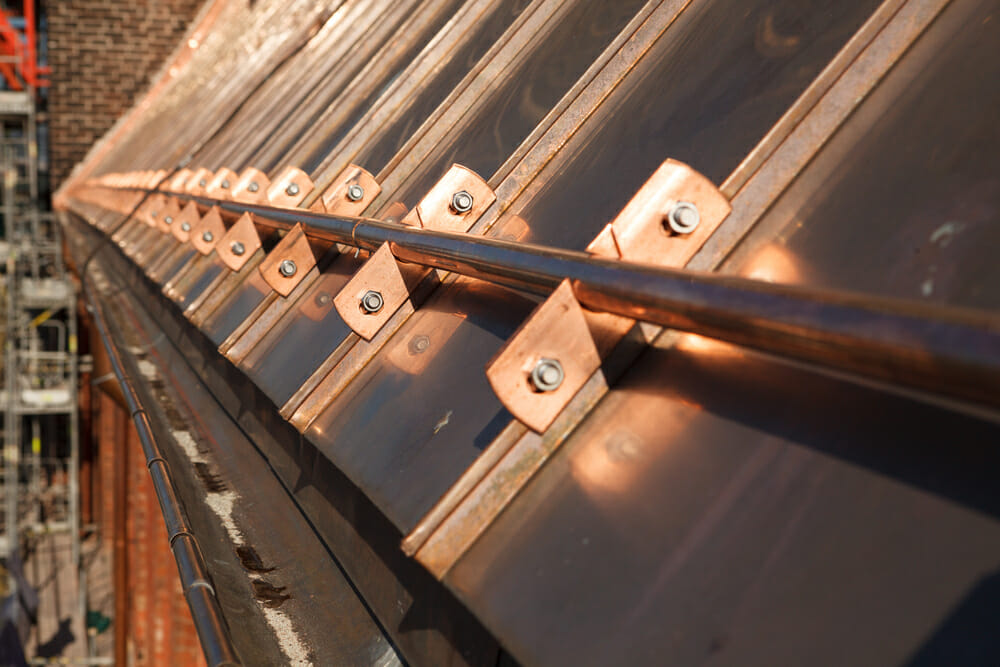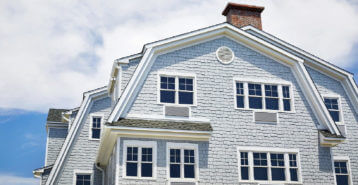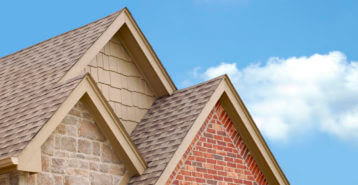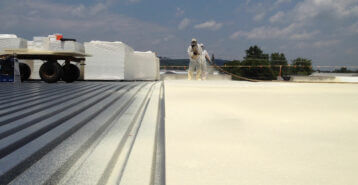Average Cost of Aluminum Roofing
Aluminum roofing usually costs between $7 and $17 per square foot, including materials, labor, and installation. That means a 3,000-square-foot roof could run you $21,000 to $51,000, with the national average hovering around $30,000. Compared to other metal roofs like copper or tin, aluminum tends to be a more budget-friendly option.
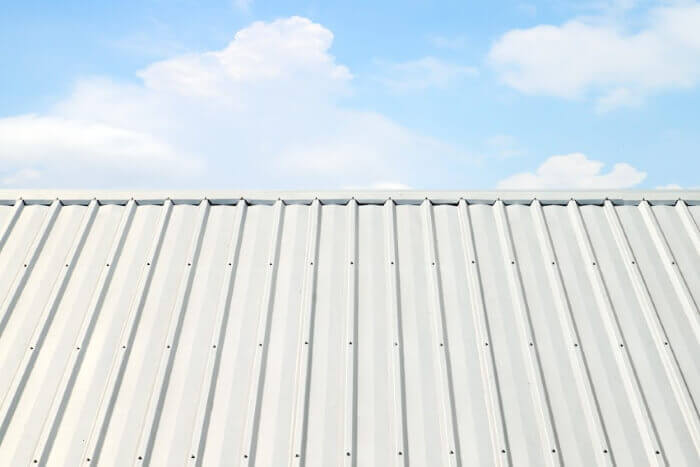
Aluminum Roofing
Average Installation Cost $21,000 - $51,000
Cost Breakdown
- Materials 60.5%
- Labor 39.5%
Aluminum Roofing Cost by Roof Size
Here’s a general idea of what you might pay based on your roof’s size:
| Roof Size (sq. ft.) | Estimated Installation Cost |
|---|---|
| 1,000 | $7,000 to $17,000 |
| 1,500 | $10,500 to $25,500 |
| 2,000 | $14,000 to $34,000 |
| 2,500 | $17,500 to $42,500 |
| 3,000 | $21,000 to $51,000 |
These numbers include materials and labor. Keep in mind that final costs vary based on where you live and who you hire, so it’s always smart to get quotes from a few local contractors.
For a quick estimate, try Modernize’s Roof Replacement calculator:
Aluminum Roofing Cost by Type
There are various styles of aluminum roofing to choose from:
| Style | Installation Cost (per sq ft) | Appearance |
|---|---|---|
| Standing Seam | $10 to $17 | Sleek modern vertical panels |
| Aluminum Shingles | $7 to $14 | Can look like wood, slate, tiles, or classic shingles |
| Corrugated | $7 to $14 | Wavy and industrial |
Standing Seam Aluminum Roofing
Standing seam panels run from ridge to eave with raised seams that help block water. They’re sleek and super weather-resistant, but they come at a higher price point and need a pro to install. Expect to spend $10 to $17 per sq ft, or $15,000 to $25,000 for a 2,500-square-foot roof to install a standing seam aluminum roof.
Aluminum Shingles
Aluminum shingles can be made to look like traditional asphalt shingles, wood, tiles, or slate but offer better durability. On average, aluminum shingles cost between $7 and $14 to install, or $17,500 to $35,000 for a 2,500-square-foot roof. Basic shingles fall at the lower end of that range while tile- and wood-inspired shingles cost more.
Corrugated Aluminum Roofing
The wavy shape of corrugated metal roofing adds strength, and it’s easy to install. However, the exposed fasteners can lead to leaks if not well-maintained. Average costs for corrugated aluminum roofing range from $7 to $14 per sq ft, or $17,500 to $35,000 for a 2,500-square-foot roof.
Additional Cost Factors
Aluminum roofing costs vary widely based on more than just the size and type of roof. Here are some factors that can influence your final price:
- Labor and Installation: Labor usually makes up 30% to 40% of your total cost. For a 2,000-square-foot roof, labor might range from $4,200 to $13,600.
- Roof Complexity: The more peaks, valleys, or slopes your roof has, the more expensive the installation.
- Roof Size and Pitch: Larger roofs need more material and labor. Steep roofs cost more to work on due to safety risks.
- Geographic Location: Labor rates vary widely depending on where you live. High-cost areas usually mean higher prices.
- Roof Condition: Old roofs that need repairs or extensive prep will drive up the total project cost.
- Style: Standing seam panels are typically more expensive than shingles or corrugated panels.
- Additional Materials: Your roofing system might also require features like an underlayment, flashing, or gutters. These increase the total cost.
- Permits and Inspections: Depending on your local regulations, you may need permits before installation. These can range from $100 to $1,000 and may include one or more inspections during and after the project.
How to Save Money on Aluminum Roof Installation
Aluminum roofing isn’t cheap, but there are ways to keep your costs down without compromising quality:
- Compare Multiple Quotes: Reach out to at least 3 to 4 local roofing contractors. Modernize can help you get multiple quotes quickly so you can compare prices and services.
- Choose a Cost-Effective Style: Corrugated and shingle-style aluminum roofs typically cost less than standing seam or custom designs.
- Schedule Off-Season: Booking your roofing project in the fall or early winter can lead to lower labor rates, as demand tends to drop during those months.
- Bundle Projects: If you’re replacing siding, gutters, or windows, ask your contractor about discounts for bundling services.
- Use Existing Roof Decking: If your roof structure is in good shape, you may be able to avoid major tear-off costs.
- Ask About Leftover Materials: Contractors sometimes have leftover materials from larger jobs that they’re willing to discount.
Replacement vs Repair
When to Repair
You can often fix minor issues without replacing the whole roof. Repairs may suffice if:
- You see small leaks or isolated damage
- A few shingles or panels are loose or missing
- There are dents from hail but no deep structural problems
- Coating or sealant is worn in a few spots
Repair Cost Estimate: $200 to $1,000 depending on the size of the issue and whether it’s cosmetic or structural.
When to Replace
If your aluminum roof is nearing the end of its lifespan or showing widespread damage, a full replacement may be the better investment. Replacement is ideal if:
- Leaks keep coming back
- Panels are curling, rusting, or lifting
- The insulation or underlayment is soaked
- Your roof is sagging
- You’re ready for a style upgrade
Replacement Cost Estimate: $21,000 to $51,000+ depending on roof size, local labor rates, and style.
Aluminum Roofing vs Other Types of Roofing
DIY vs Professional Installation
Why DIY Installation Isn’t Recommended
Installing an aluminum roof requires precision, specialized tools, and safety precautions. A small mistake—like over-tightening a fastener or missing a flashing seal—can lead to leaks, poor ventilation, and early failure. Many manufacturers also void warranties for improperly installed roofing.
DIY Maintenance Is Okay
While you shouldn’t install the roof yourself, light maintenance tasks are fine for most homeowners. You can remove debris from valleys and gutters, visually inspect for loose panels or fasteners, and wash off mold, mildew, or built-up dirt with a hose.
Avoid walking directly on the roof unless you’re trained or using safety gear designed for metal roofs.
Hiring a Professional Roofing Contractor
A qualified aluminum roofing contractor ensures your roof is installed correctly, safely, and up to code. They’ll help with material selection, accurate measurements, safe removal of your old roof, permits, and inspections.
Modernize can connect you with up to four licensed, vetted roofing professionals in your area so you can compare pricing and choose the right fit.


